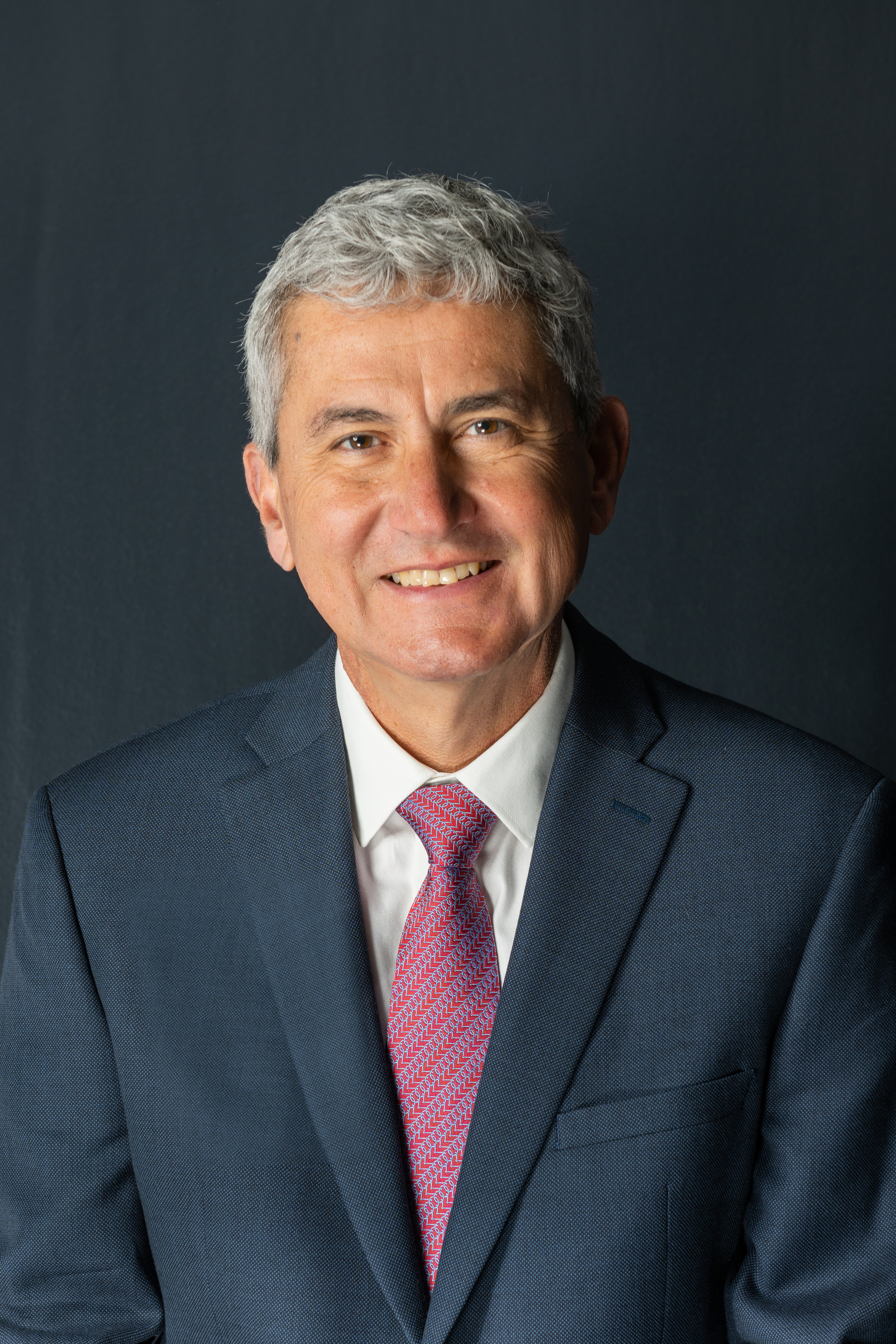“A black hole is an example of a compact object,” said Dr. Laguna. “Another example is a neutron star. If you put all the mass of the sun, which is huge, in a volume the size of the metropolitan area of Austin, that would be a neutron star.”
It was during his time at Los Alamos National Laboratory that Dr. Laguna started connecting his knowledge and interest in general relativity to astrophysics, and began to use computers to solve Einstein’s equations, also known as Numerical Relativity, in order to study astrophysical phenomena where the curvature of space-time plays a fundamental role, such as around black holes and neutron stars. Numerical Relativity may not have ever come into Laguna’s equation had it not been for his time as a doctoral candidate at UT, one of the birthplaces of Numerical Relativity.
“At UT, we say that what starts here changes the world. Well,” he reminisced, “what started at UT, for me, shaped my life. Richard Matzner, my advisor, he was the one who - in a very clever way - steered me towards computational work or Numerical Relativity. He said, ‘Okay, you want to work with Einstein equations? Here’s an equation. Try to solve it analytically.’”
Laguna shakes his head wryly, “I didn’t get anywhere. Then he said, ‘Hey, try it with a computer.’”
Now that he finds himself back on the Forty Acres once more, Laguna is delighted to also be an affiliate faculty member of the Oden Institute. “My research relies heavily on numerical methods and computational tools that are or were developed not necessarily for physics or astrophysics,” he said. “The Oden Institute provides me with a great opportunity to interact with researchers in other fields, but with relevance to my work, and to recruit students to join my effort, students whose interest isn’t necessarily obtaining a PhD in physics.” He is also excited with the opportunity to use the powerful computers at Texas Advanced Computing Center (TACC), such as Frontera, for his simulations.
Dr. Laguna’s time at UT was the beginning not only of a career, but also of a partnership. In the early 90s Deirdre Shoemaker, physics professor and the director of the Center for Gravitational Physics at UT, also got her PhD at UT. Later both were faculty members at Penn State, where they got married, and then moved in 2008 to Georgia Tech to establish the Center for Relativistic Astrophysics. In fact, Shoemaker was on the LIGO team that detected those gravitational waves, an earth-shattering discovery that she had to keep secret from her husband for months, finally breaking down and telling him just a few weeks before breaking it to the world. “I had thought maybe something was going on,” Laguna admitted, smothering a smile.
As new Chair of the Physics Department Dr. Laguna, unsurprisingly, wants to make some changes.
He wants to work with colleagues and students on further elevating the reputation of the department. “We need to keep hiring outstanding faculty and recruiting the very best students. And we must ensure that the training students receive becomes a powerful vehicle for them to drive through the winding road that life will take them.”
An important component to meet these goals is also infrastructure. This refers not only to labs but also interaction spaces, similar to those in the Oden Institute. “We need to create more space in our PMA building where people can bump into each other and have conversations from which knowledge emerges and collaborations are forged.” Dr. Laguna leans forward in his seat with excitement.
Pablo Laguna Presents:
Binary Black Hole Simulations: How to Make Gravitational Waves
3:30 p.m.– 5 p.m.
Oct. 12, 2021
POB 6.304 and Zoom
More info here.
